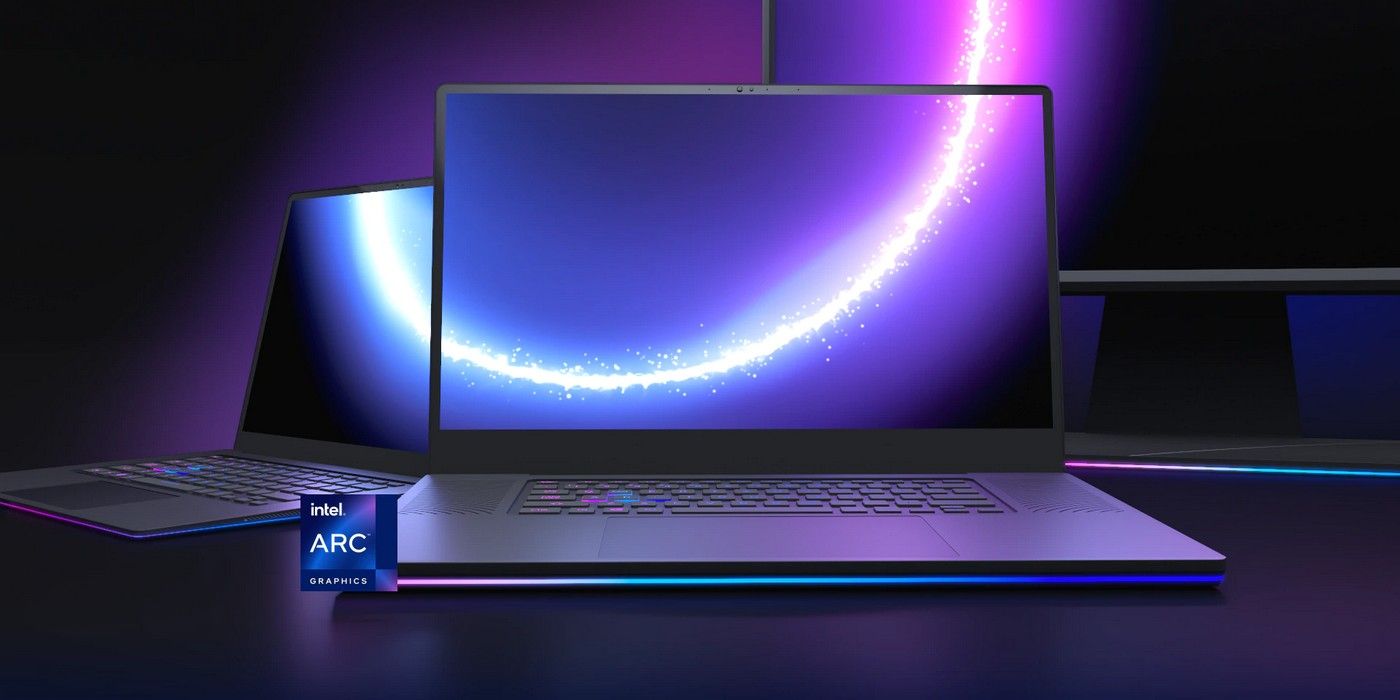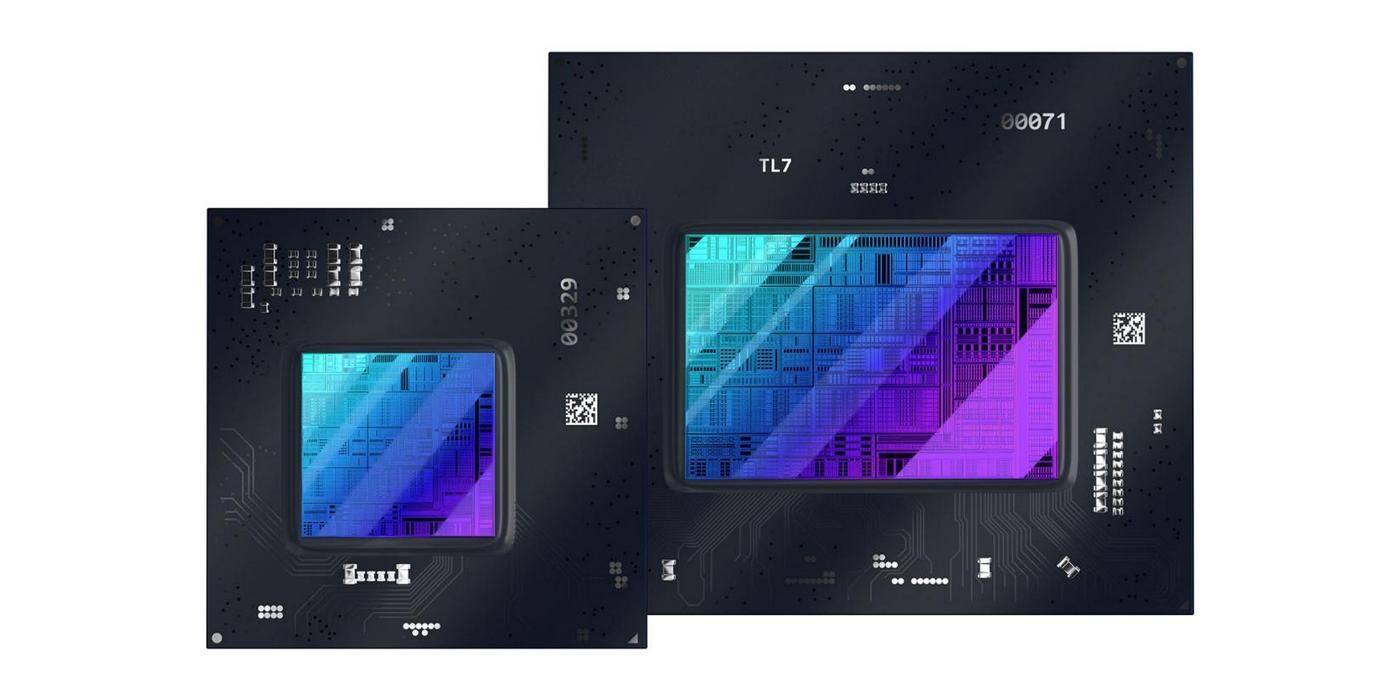In March 2022, Intel released its first set of Arc GPUs for laptops, and the discrete graphics solution is an important milestone not just for Intel, but the PC industry as a whole. With the Intel Arc A-series desktop cards scheduled to debut later in 2022, Intel has added a third major competitor to a GPU market dominated by Nvidia and AMD.
The crushing GPU shortage over the past few years has meant that most people have struggled to buy graphics cards during this period. Even when they've been available, their inordinately high pricing has made them all but inaccessible to the vast majority of buyers. In fact, one of the recurring themes on PC forums worldwide is the contrast between the GPU market in 2019 and during the last couple of years, with most people lamenting just how much things have changed for the worse.
Intel's Arc lineup of GPUs includes discrete graphics cards that are very different from the graphics solutions previously offered by the company. They are more powerful than the Intel Iris Xe integrated GPUs that can be found on a bunch of Intel CPUs, and are aimed more at gamers and creators than the general market. In contrast, the integrated graphics processors are largely meant for general tasks like video streaming and basic photo editing. Serious gaming, 3D modeling, and other graphics-intensive tasks are out of bounds for the iGPU chips. Of course, the Arc 3-series GPUs are not meant for serious gamers or creators either, but the more powerful 5- and 7-series cards coming soon are aimed at precisely that market. With the new products, Intel should be ready to challenge Nvidia and AMD for a slice of the gaming GPU pie.
XMX, XeSS, AV1 Hardware Acceleration, And More
The Arc graphics cards come with the 'Xe Matrix Extensions' (XMX) AI engine inside each of the Xe graphics cores. According to Intel, they boost compute power for AI workloads, offering up to 16 times more computing power than standard GPU vector units when executing AI inferencing tasks. It remains to be seen how much improvement the new technology will offer in the real world, but if it works as Intel claims, it could bring major changes to the traditional gaming graphics landscape. The Arc graphics cards are also the first GPUs to support full AV1 hardware acceleration, which promises to enable faster video encoding and improved streaming quality while using less bandwidth. Expected to become mainstream soon, the AV1 codec is already supported on several major media apps, with wider support expected later in 2022.
With the Arc graphics cards, Intel is also launching its own AI-enabled image upscaling technology. Called XeSS, or Xe Super Sampling, the feature is similar in theory to Nvidia's Deep Learning Super Sampling (DLSS) and AMD's FidelityFX Super Resolution (FSR) rendering technologies. The upscaling offers enhanced visual fidelity at higher resolutions, although the effectiveness varies from game to game. Intel's XeSS will be released in 2022 with support for more than 20 games, including Death Stranding, GRID Legends, Ghostwire Tokyo, Super People, and Hitman 3, among others.
On the face of it, Intel Arc offers a lot for consumers who have been asking for more options in the discrete graphics market. Having a third player in the industry is an enticing prospect, especially one that has a deep understanding of the PC market. However, for Intel's efforts to be successful, it will need to drive developer adoption of its APIs and technologies, and offer gamers a genuine alternative to existing options, and at competitive prices too. Intel has been promising 'complete PC solutions' with the launch of its discrete GPUs, so if it can truly deliver on the promise of synergy between its CPUs and GPUs, it might just be what the market needed.
Source: Intel


